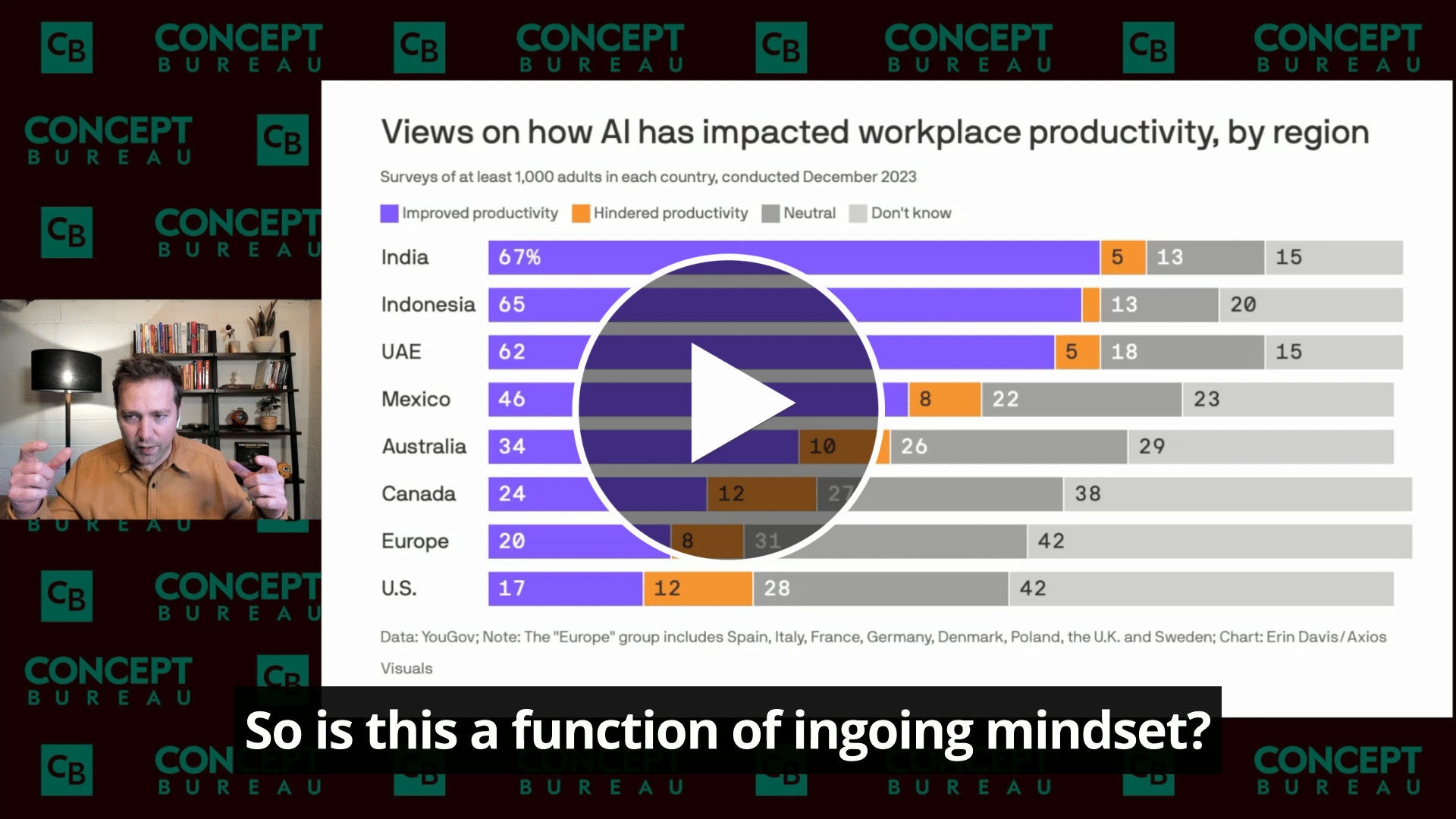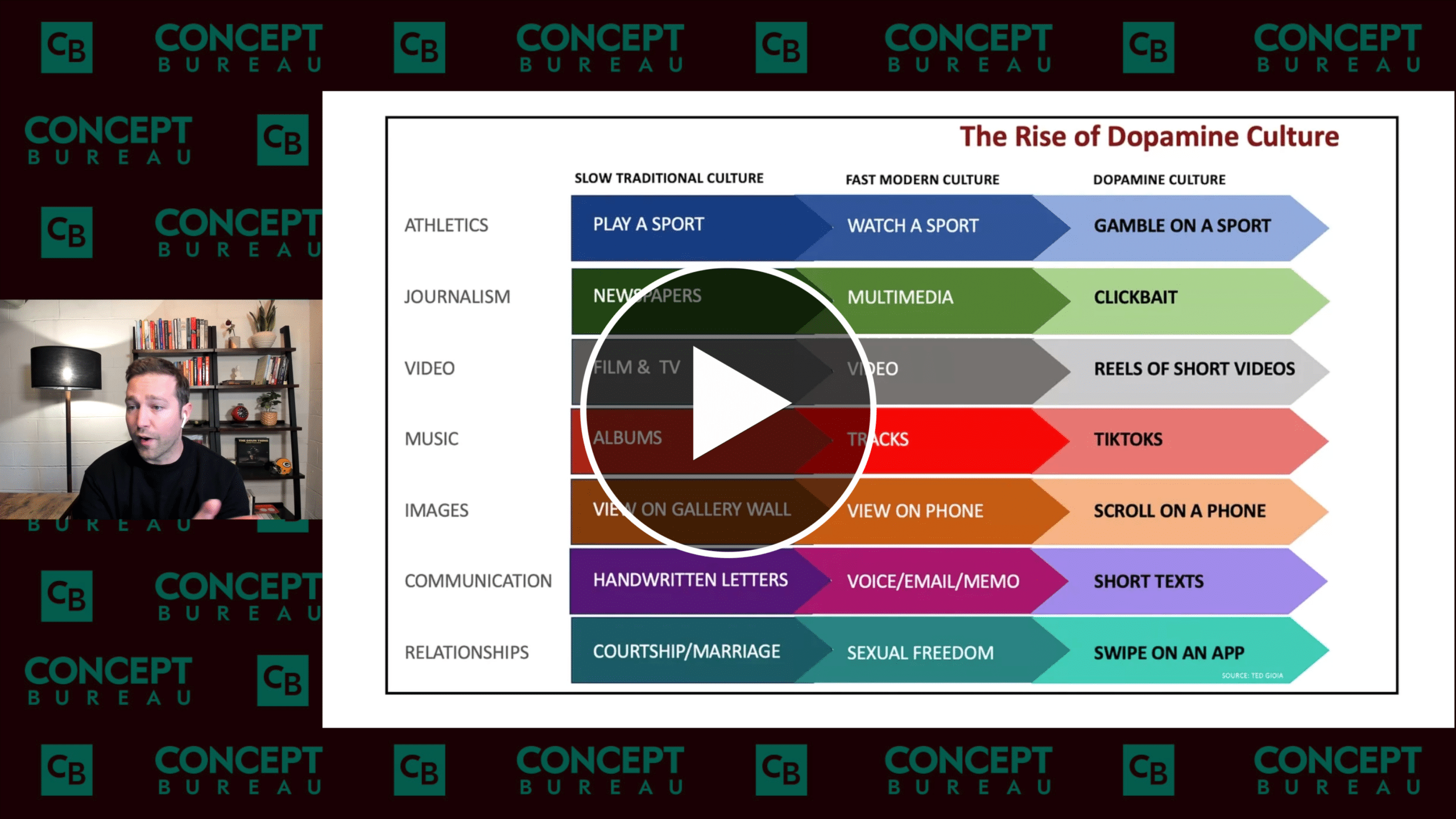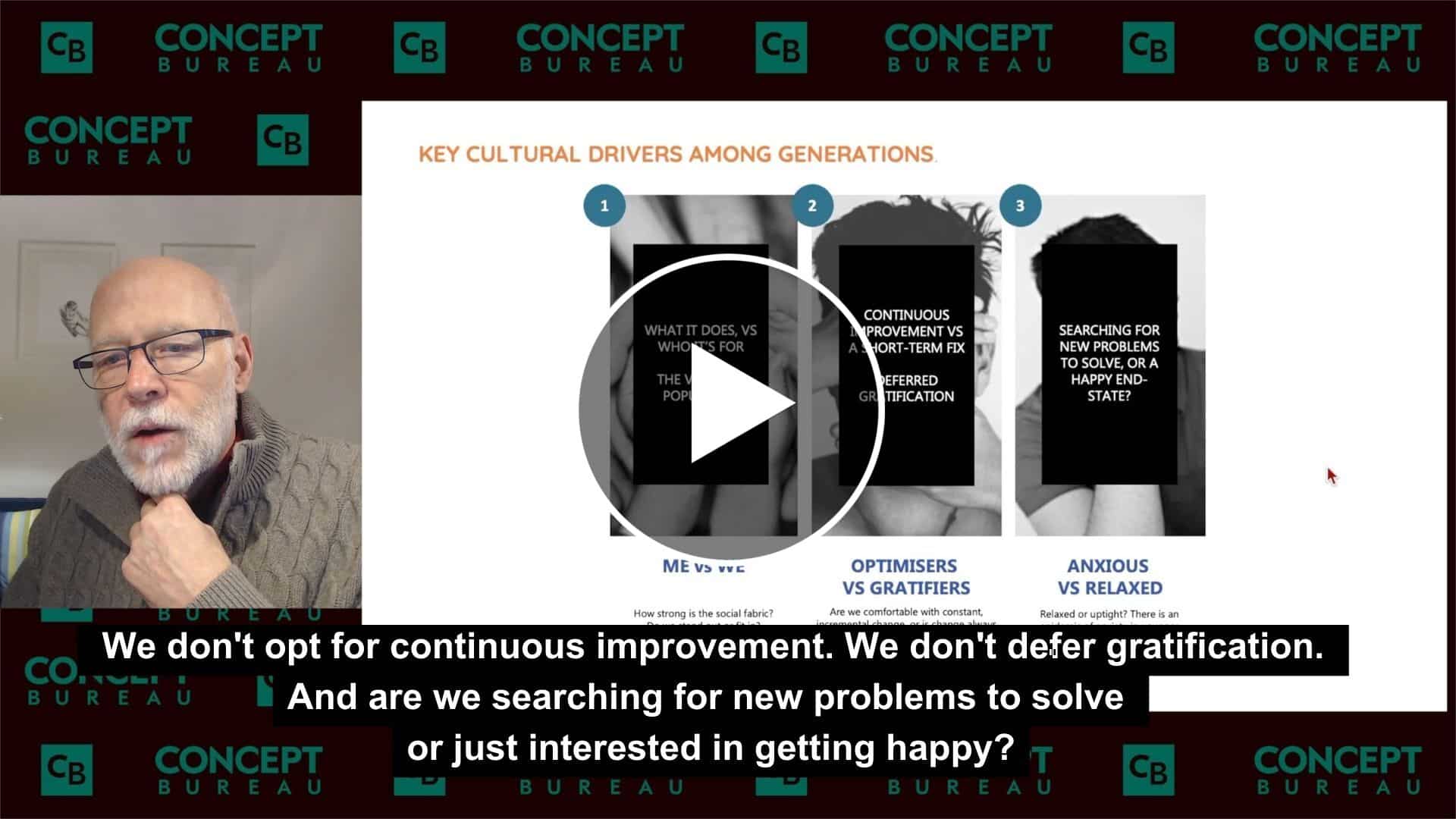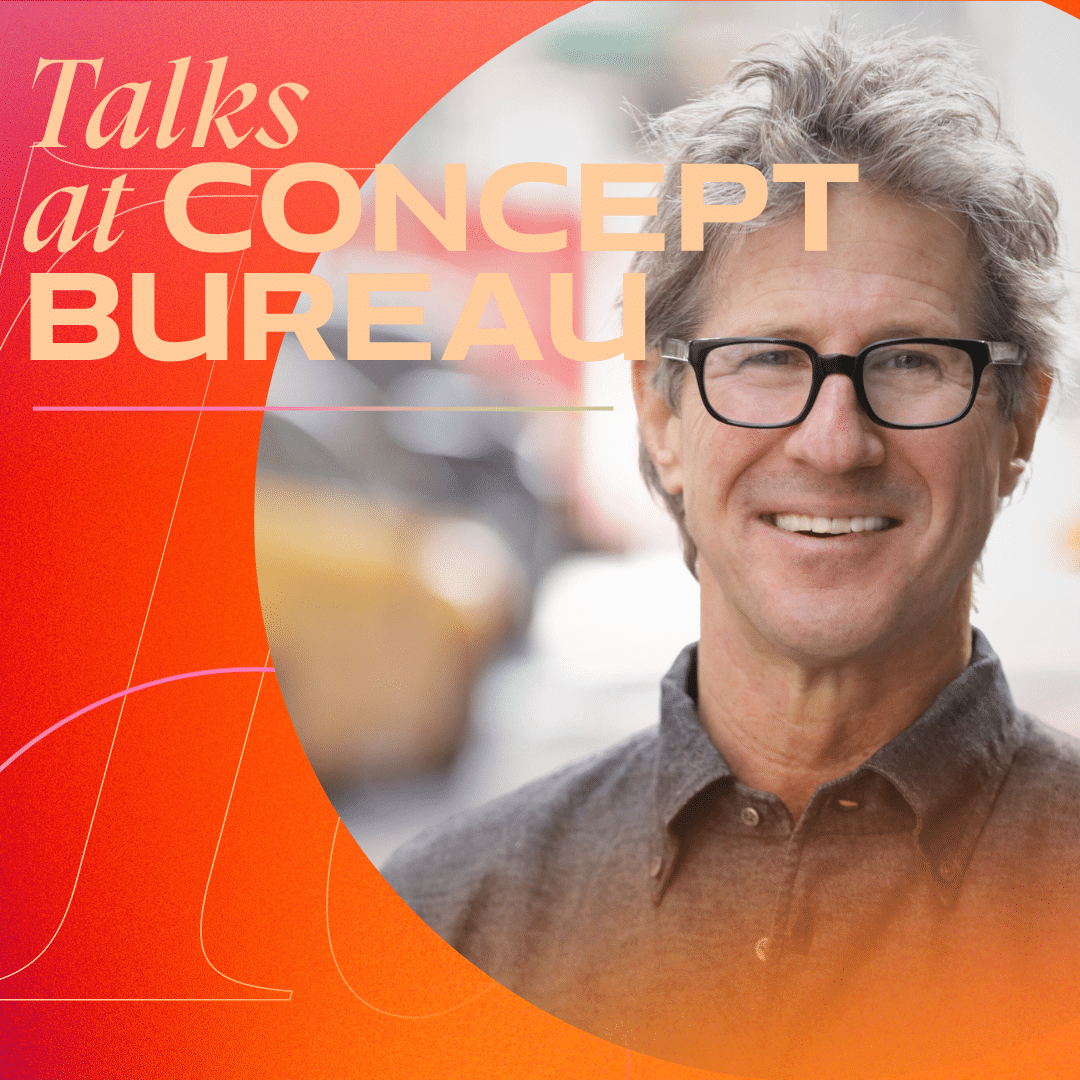This month’s edition of Brand & Outliers is all about the incredible lengths people are going to in order to make meaning in their lives, and how brands are meeting them there.
I’ve outlined some of the larger themes below, but as you watch the video, pay attention to how meaning-making is at the root of nearly everything happening this month. Notice how much we are stretching to make things matter, and what a huge opportunity that opens up for brands.
Industrial Tourism and Ensouled Consumption: Industrial tourism is an emerging trend in travel where people visit destination factories and production plants. Sure, people travel to Porsche facilities or the town where their favorite chocolate gets made, but this new form of tourism is about fetishizing something quite mundane.
It’s about feeling something in the boring and forgotten corners of life, and making meaning in remote places – what modern travel has perhaps always been about.
Does Being Left-Wing Make You Unhappy?: I’ll admit I’m being a little click-baity here, but there is plenty of good evidence that left-wing people tend to be less happy, or perhaps more accurately, right-wingers are more happy, likely because they have tight cultures with strong norms that create cohesion and comfort in the group.
You combine that with the negativity economy and the omniscient algorithm that dictates the feed of life, and you have the conditions for a new kind of politics that trades on pessimism over optimism.

When Culture Will Migrate Back To The Real World: A question came up in our discussion on this call – culture happens in our phones today, but what will it take to migrate back into the real world? At what point will we have events and gatherings and subcultures rooted in real places, inaccessible to our timelines, and only experienced by way of, “You had to be there, man”?
Some strong signals among millennials and gen z tell us there’s a real chance the tide may turn (you may have seen this article on Heineken tapping into the boring phone market). People who are becoming more private, more lurk-y, more averse to censorship or being called out, are keeping life private while consuming public content. All it takes is a critical mass of that behavior and culture could jump back into the real world.
The Distance Model of Status and Brands: Columbia Professor Silvia Bellezza came and spoke to us at Exposure Therapy about her genius Distance Model of Status and the concept will probably stay with me for the rest of my life. It’s the idea that old status signifiers used to go upmarket (more money, more access, more time) but when all of that has become democratized, our new model of status is about gaining distance from the mainstream. It so eloquently explains what other models of luxury and status cannot: phenomena like ugly luxury, quiet luxury, athleisure, and conspicuous non-consumption.
It came up again in our Outliers call this month because it may also explain current trends we’re seeing in why the rich don’t eat anymore, deep sleep flexes and the remote husband.

Nothing Can Fix EdTech, Not Even AI (For Now): Yet another startup has raised money to make world-class education accessible to everyone. But we’ve seen this before with Section, Udemy, and a long list of other startups that believed access was the real problem in education. But here’s the thing – access was solved a long time ago. The real bottleneck to learning is the format.
Any educator will tell you that after decades upon decades of research, there is only one truth that stands the test of time: one-on-one instruction or tutoring is among the most (if not the most) effective way to learn. Some even argue that when the historical tradition of mentorship was lost, we also stopped having geniuses. Since education was made public and the mentor-style of learning faded away, so did the da Vincis, Einsteins and Hawkings of our times.
People pay exorbitant prices for university because of the community and connection, and people who learn most effectively tend to learn in one-on-one environments. Edtech, much of it already in the AI sphere, misses the point. Until we develop edtech that feels like ‘someone’ is teaching you, is invested in your growth, and makes you feel accountable, it won’t solve the education “problem”. Edtech needs emotion.
So much good stuff this month.
Come join our conversation.
Watch the full video here.
























